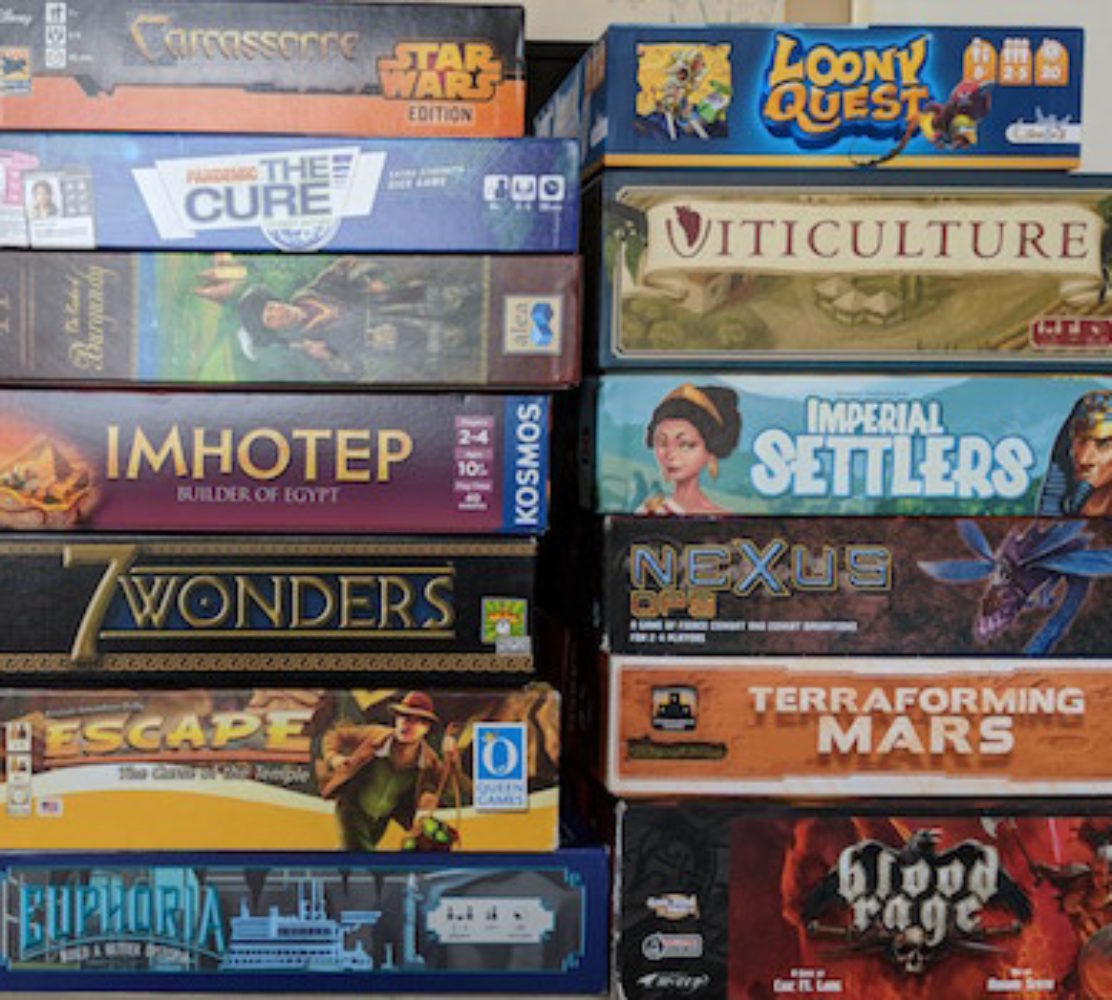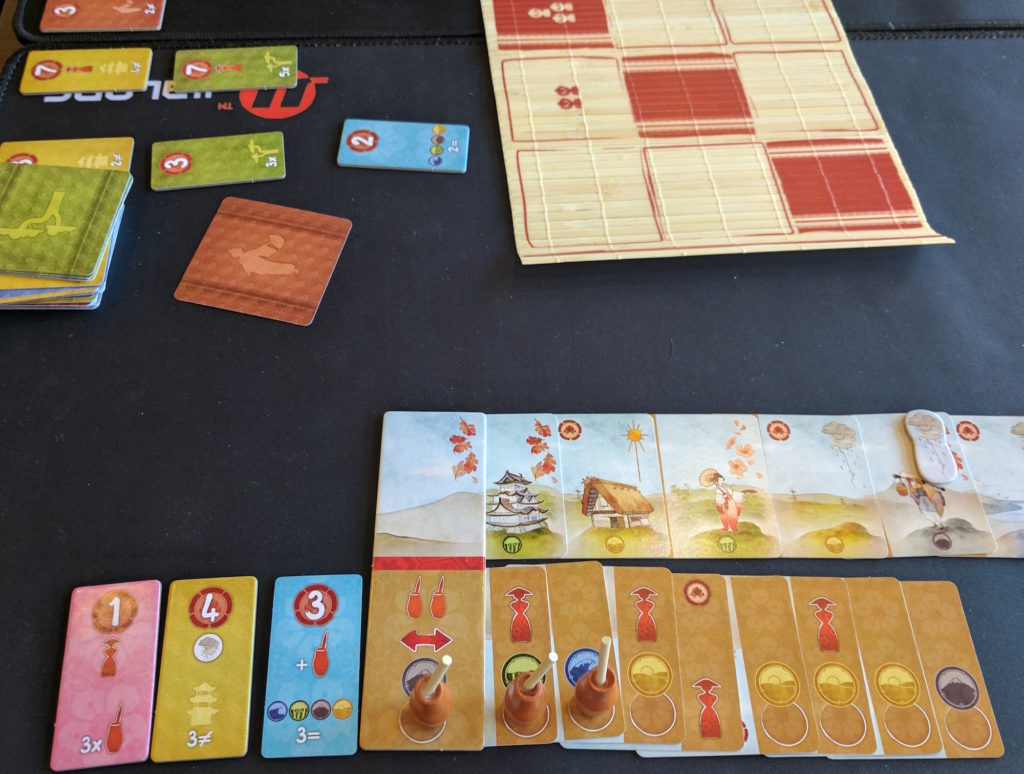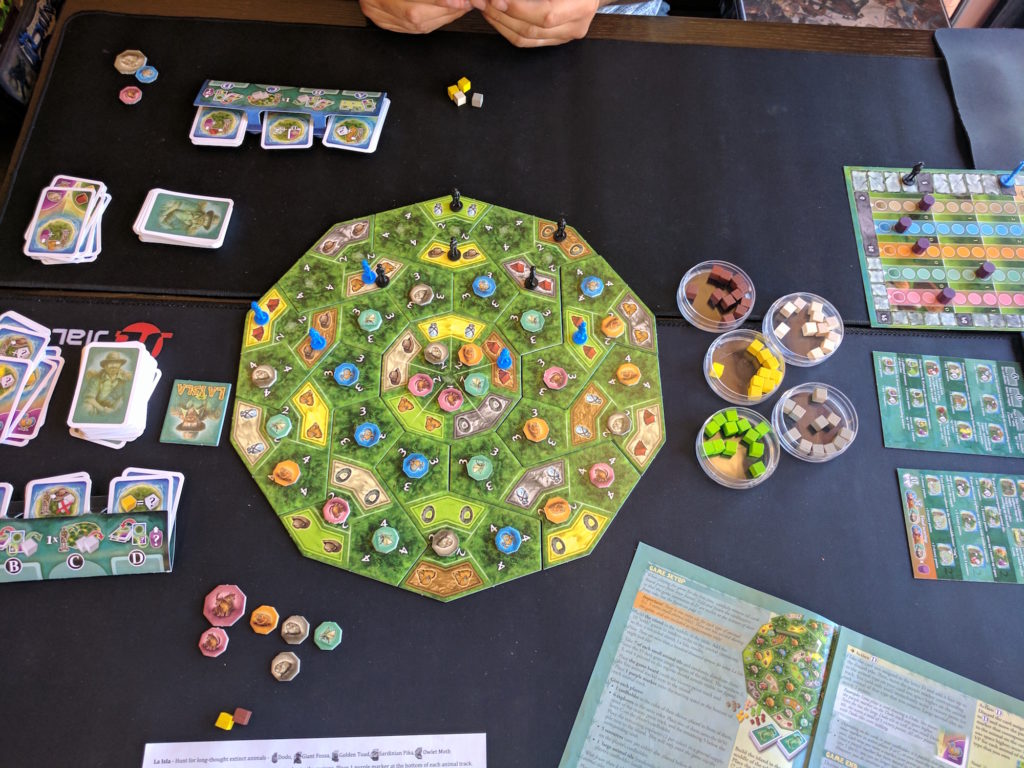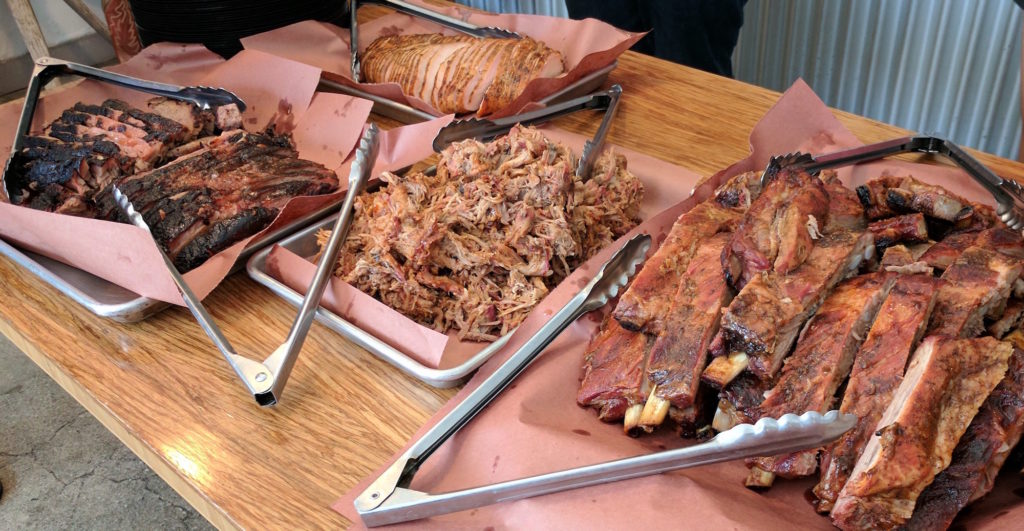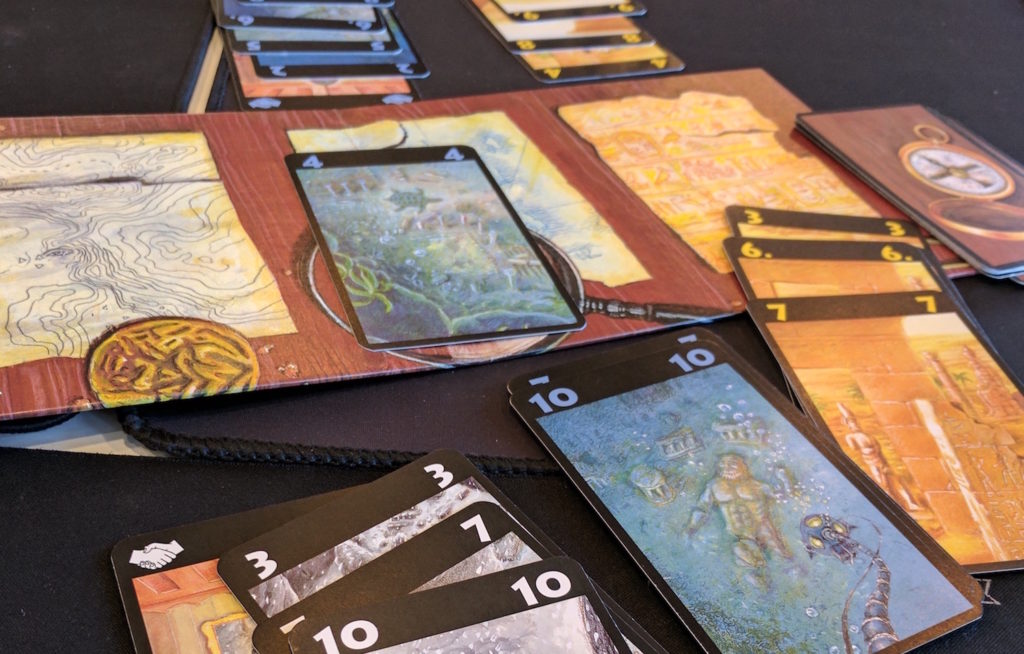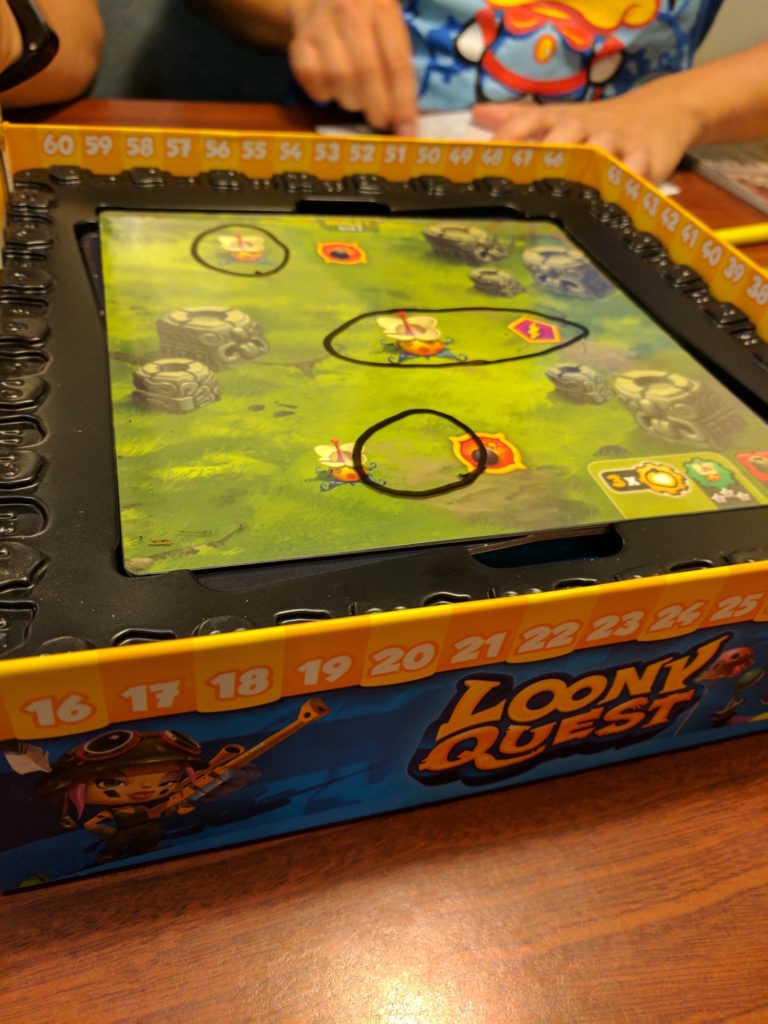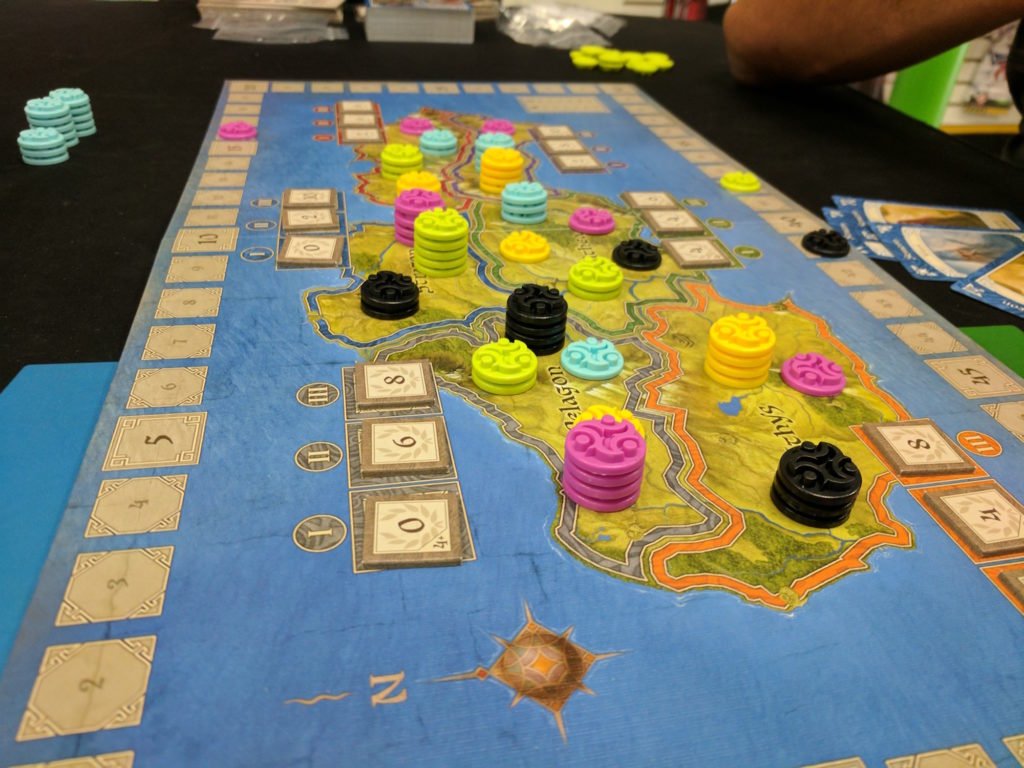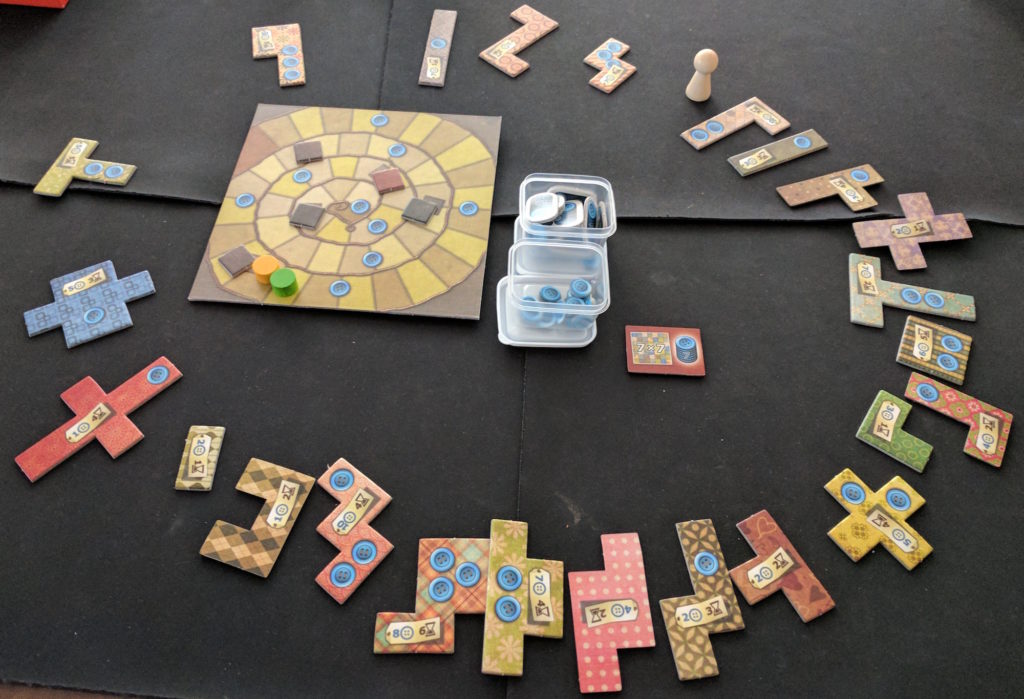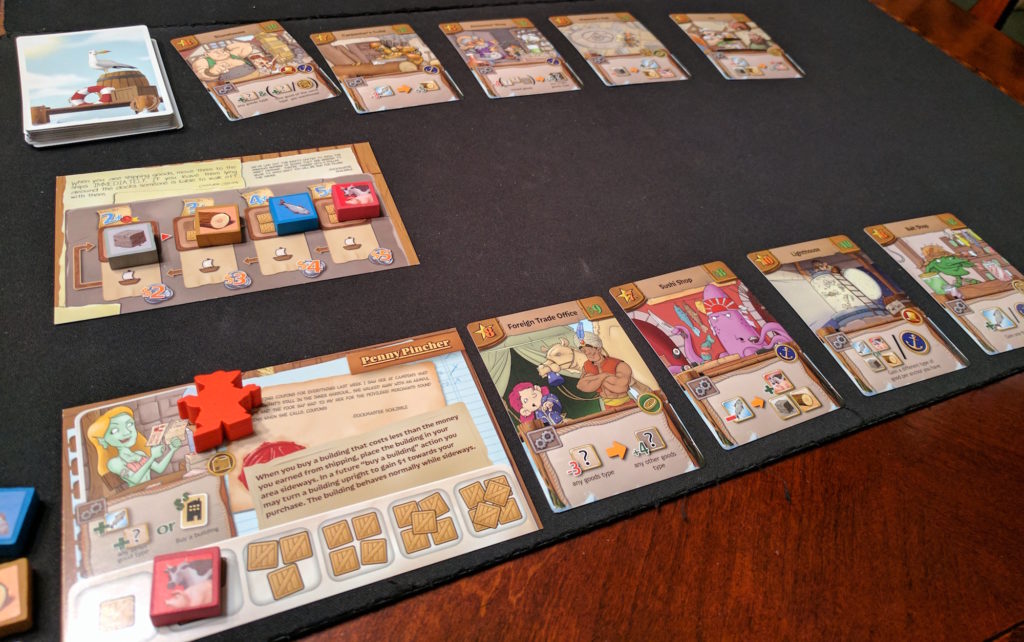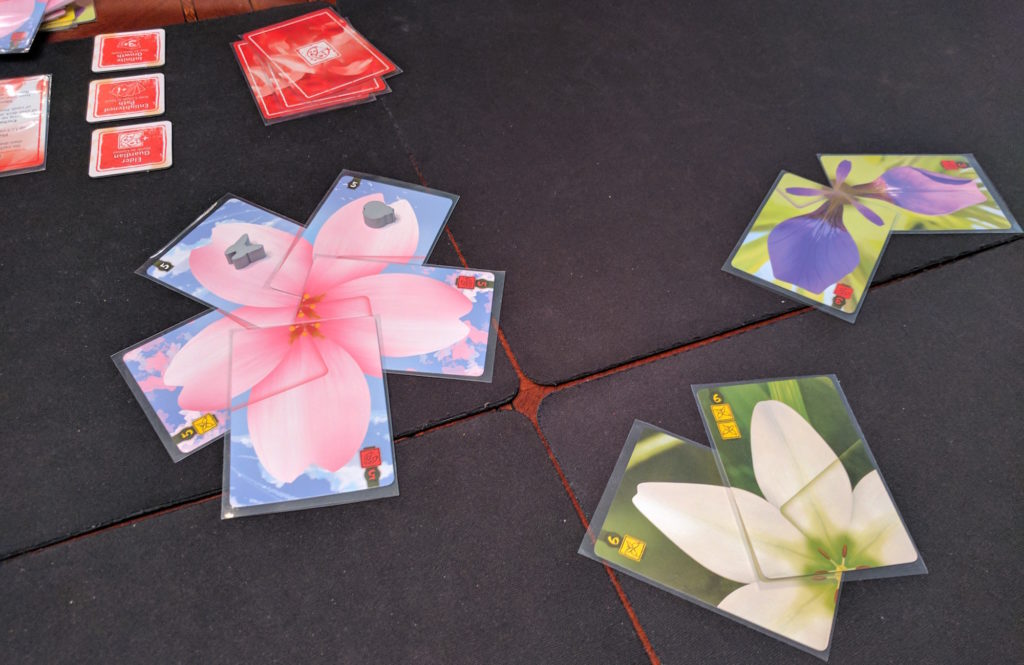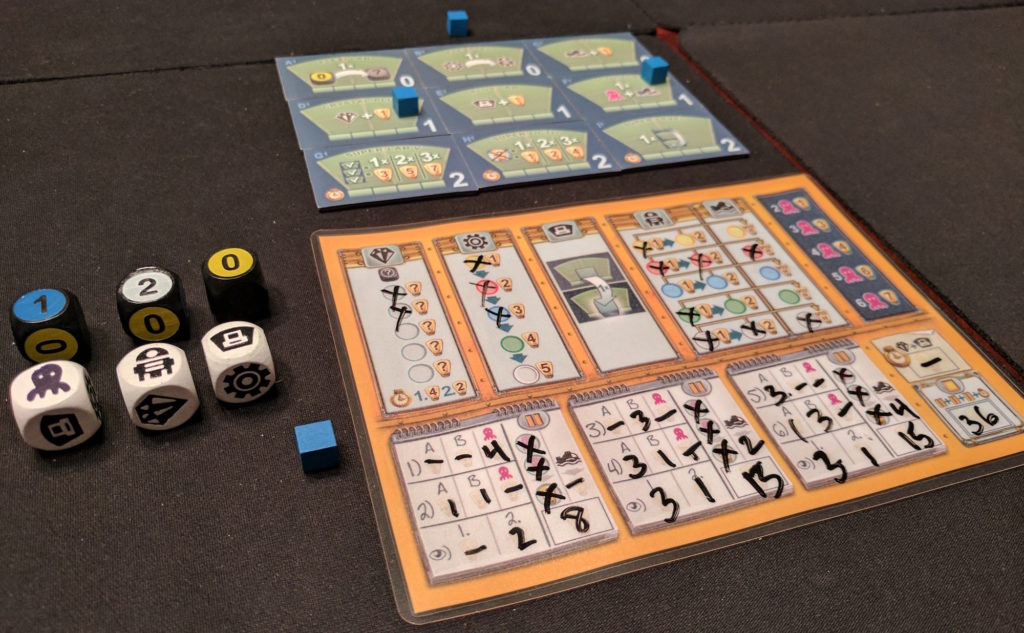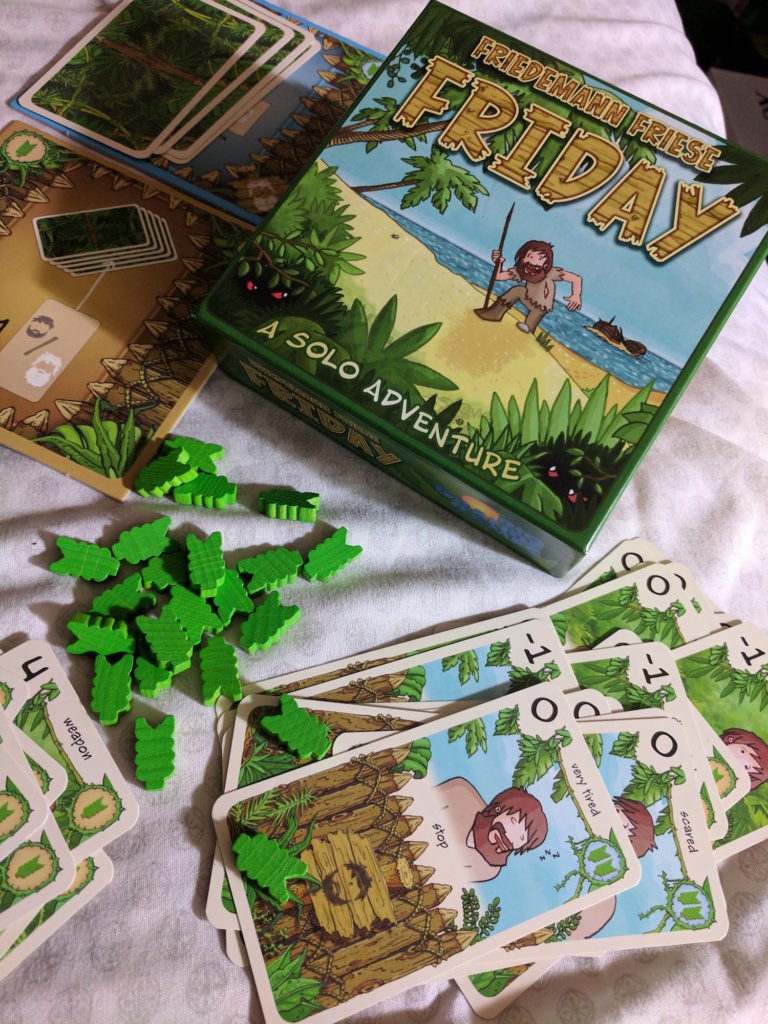I’m playing a board game every day this month and blogging about it (I did a similar challenge last year). Feel free to join me during my Every Night Is Game Night: My Daily Play & Blog Challenge. And tweet me with what you’re playing these days!
Busy with work today, then played a few quick games of Red 7 with my gaming buddies. I wrote up a blog post then realized I’d already written about Red 7 earlier this month, so here’s a look at a game I played yesterday.
Kanagawa is a gorgeous little game released last year by Iello. I like a lot of Bruno Cathala’s games (Mission: Red Planet, Abyss, and Five Tribes, to name a few) and this is another one that I quickly grew fond of.
Players are painting landscapes and earn points for collecting sets of different elements. When a player has 11 or more parts to their painting, the game ends and the most points earned via the collected sets wins.
Each round begins with cards being chosen by each player. There’s a neat push-your-luck mechanism here, as a player can take what’s on the board or pass in order to see what comes next. Then, each player “paints” their items. To paint a card, the player must have that color in their studio and they’re allowed one movement per turn (represented by the little paint brush tokens) to land on that color in their studio.
Each card can also be flipped over into a player’s studio to be used as a color or special action so that the player has more options on future turns.
As each card is placed into a player’s painting, bonuses may occur (if you’re familiar with Splendor, then this is analogous to earning the Noble tiles). If a player has a certain amount of icons in their painting, then they can take the first bonus available or wait until they collect more of that icon to earn a bigger bonus. Again, the push-your-luck mechanism is put to good use here.
I’d recommend Kanagawa to anybody, especially those who enjoyed Splendor but wanted a little more meat to that game. It has similar elements, and the worker placement (using your brushes to paint each section) and push-your-luck mechanisms (trying for the bigger bonuses) make this a nice next-step game.
